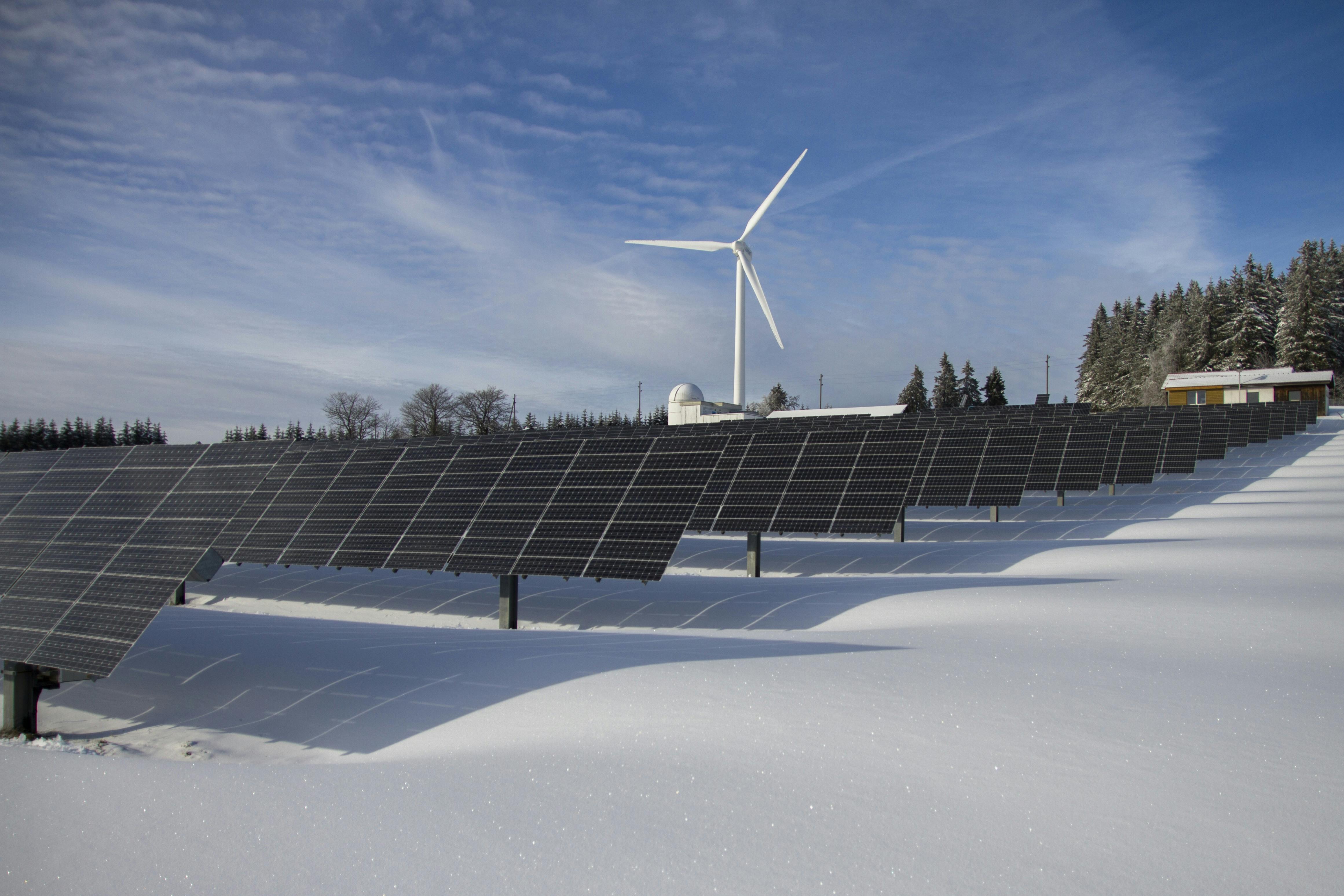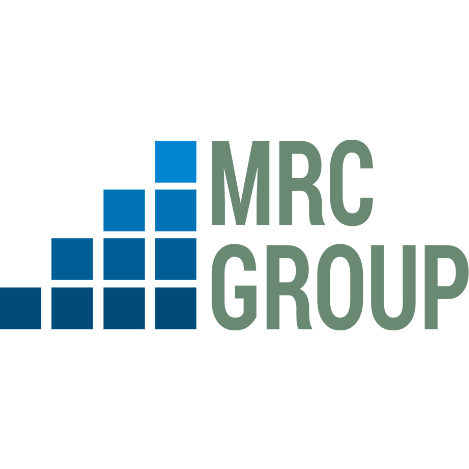








Renewable energy Integration.
As climate change has advanced, the integration of renewable energy sources such as solar, wind, and hydroelectric power into electrical systems has become a critical step toward a more sustainable and clean future globally. The attributable benefits include:
- Reduction in greenhouse gas emissions because of displacement of harmful fossil fuels.
- Savings in fuel costs as renewable energy sources are self-replenishing, offering a dependable, endless power supply.
- Deployment of distributed energy systems leading to a reduction in grid power demand, extension of infrastructure lifecycles, and a reduction in resource requirements as a result of displacement of fossil fuels.
- Improvements in livelihoods, which are made possible by lower transportation costs, job creation, higher local tax revenues, lower energy costs, and greater community participation in power grid development.
Challenges Of Renewable Energy Grid Integration.
The integration of renewable energy is vital for environmental sustainability efforts. However, certain challenges are often faced during implementation. These include:
- Grid Infrastructure Limitations: In many remote or underdeveloped countries, developers often face challenges due to limited transmission wheeling capacity and infrastructure constraints. Addressing these issues typically involves substantial investments to ensure operational feasibility.
- Intermittent Energy Generation: Integrating solar and wind power into the grid poses challenges due to their variable output influenced by weather conditions and time of day. Without backup sources such as fossil fuels or energy storage technologies, managing the balance between energy supply and demand becomes a complex task.
- Lack of Uniformity: The rapid growth of renewable energy technologies has resulted in a lack of uniformity in equipment and standards, making it more difficult to integrate different types of renewables into the grid infrastructure.
- Regulatory Hurdles: There are statutory and regulatory standards applicable to renewable energy developers which may vary between countries or regions. Where these standards are particularly stringent or ambiguous, they may result in delays in project implementation and higher project costs.
- High Capital Cost: The intermittent nature of renewable energy sources necessitates the integration of energy storage technologies such as batteries. While there have been advancements in battery storage, it remains expensive, hindering seamless grid integration.
Global Best Practices.
Despite these challenges, countries such as Norway have successfully completed their energy transition journey, displacing all fossil fuels in the power sector. We considered similar countries as well as countries that have achieved some level of renewable energy grid integration to identify five key actions that made them successful.
- Grid Integration Study: Grid Integration studies are often commissioned to assess challenges and solutions to successful implementation. These studies, staged towards increasing clean energy goals, provide opportunities for planners, operators, and regulators to gain experience, formulate creative solutions, and ensure the economic and reliable operation of a transformed electric system. Countries like Mexico, the USA, and Vietnam used this approach to deal with changes and uncertainties in energy demand and supply. By preparing for anticipated and unexpected changes in output and keeping reserves for frequency regulation, the system adapts to these variations.
- Capacity Building Activities: Capacity building involves improving the skills and knowledge of those personnel involved in energy system planning. Organizations such as the International Renewable Energy Agency (IRENA) and the Pacific Centre for Renewable Energy and Energy Efficiency (PCREEE) have emphasized the importance of capacity building in promoting investments and creating sustainable energy policies in the renewable energy sector. A noteworthy project that achieved this was the collaboration between Peru, Mexico, and IRENA which led to the development of tools for grid planning and distributed energy in both countries, enhancing their ability to forecast renewable energies and plan for a sustainable energy future.
- Multilateral Collaboration: To integrate renewable energy into global power networks, Ghana, Mexico, and Peru have partnered with groups such as the International Partnership for Energy Efficiency Cooperation, Renewable Energy and Energy Efficiency Partnership, and Sustainable Energy for All. These partnerships encourage innovation, knowledge sharing, and common goals in the areas of sustainable development and climate change, improving countries' ability to handle the challenges of global grid integration.
- Promotion of Innovation and Learning: Countries like India, Vietnam, and the USA have discovered new solutions to enhance renewable energy integration by fostering a culture of innovation and learning. This has allowed them to overcome institutional, financial, and technical obstacles. Some specific steps that can support this objective include promoting research and development, exchange of knowledge, and cooperation between various energy sector players.
- Legal and Regulatory Framework: With the help of strategic policy and regulatory initiatives, Ghana and India have made great progress toward fostering fair competition and enabling the integration of renewable energy. According to a report by the International Energy Agency (IEA), India has established a strong legal and regulatory framework to address various aspects of renewable energy integration, including pricing, tariffs, subsidies, standards, regulations, contracts, and governance. Ghana, on the other hand, has created a strong legal system to support renewable energy projects by working with local financial institutions, regulatory organizations, and legal professionals.
Conclusion.
Renewable energy integration is essential for a sustainable future. However, certain challenges may hinder success. Innovative techniques have been applied by countries such as Mexico, the USA, Vietnam, India, Ghana, and Peru, to address obstacles such as limited infrastructure, intermittent energy generation, regulatory difficulties, and energy storage constraints. The solutions are research and innovation-driven, focused on developing capacity and collaboration with other countries. Through these practices, the energy transition becomes more feasible.











